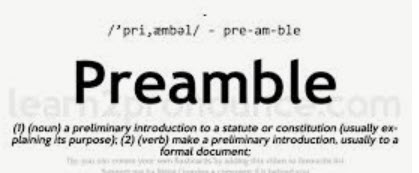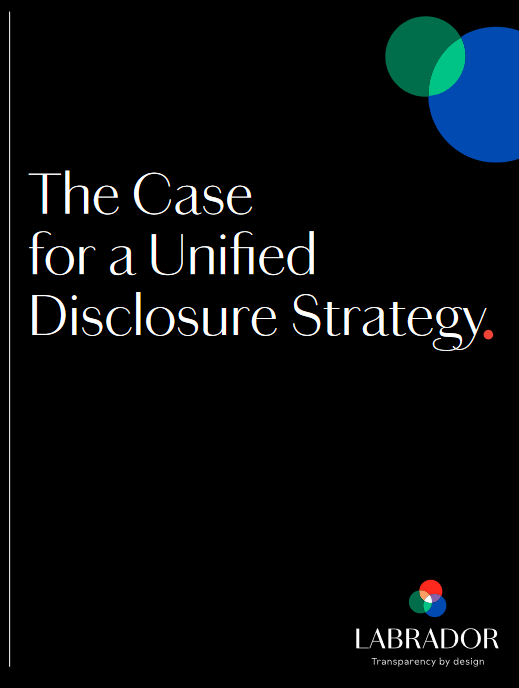“Transparency” is the natural evolution of corporate disclosure that mainly had been drafted as part of a compliance exercise to now serving more of a marketing message role, whether to bring in the vote or attract (and retain) investors. Transparent disclosure is the ultimate way to put your best foot forward, by instilling trust in the company – in good times or bad – so that readers of that disclosure can sense that the company is being authentic.
This means that transparent disclosure is beneficial both to investors and management, as well as a broad range of other stakeholders. Investors benefit because they know they can truly rely on what they’re reading. Management benefits because they’ll reap ample rewards when times are good – and earn the benefit of the doubt when times are tough. Employees, customers, suppliers, communities and other corporate partners benefit because they can have confidence in their business relationships. Reputation matters. It’s probably a company’s greatest asset.
For the drafter of transparent disclosure, there are benefits too. You can take pride in your work. You can find purpose in what you do. Not many disclosure practitioners would say they feel that way today. It’s time to embrace a new transparent era of disclosure.
What is “Transparent Disclosure”?
By now, you might be asking the question: “What is ‘transparent’ disclosure anyway?” We can tell you for starters that transparency means something that is far more than plain English, far more than proxy design. It’s about clearly communicating – through corporate disclosure – what companies want the public to know and what investors and other stakeholders care about the most.
And we can tell you that “transparency” doesn’t necessarily mean that you need to disclose everything. It doesn’t change the definition of “materiality.” It doesn’t change what the regulations require – and what they don’t require.
Transparency is about taking disclosure practices a step further, by applying best practices and data analytics to establish transparency as the critical link that builds trust between companies and the end users of their corporate disclosures, the readers. To establish universal standards to build trust. Trust is good for business. It creates real value.
Learn more about what transparency is – and isn’t – in “A White Paper on Disclosure Transparency.”





